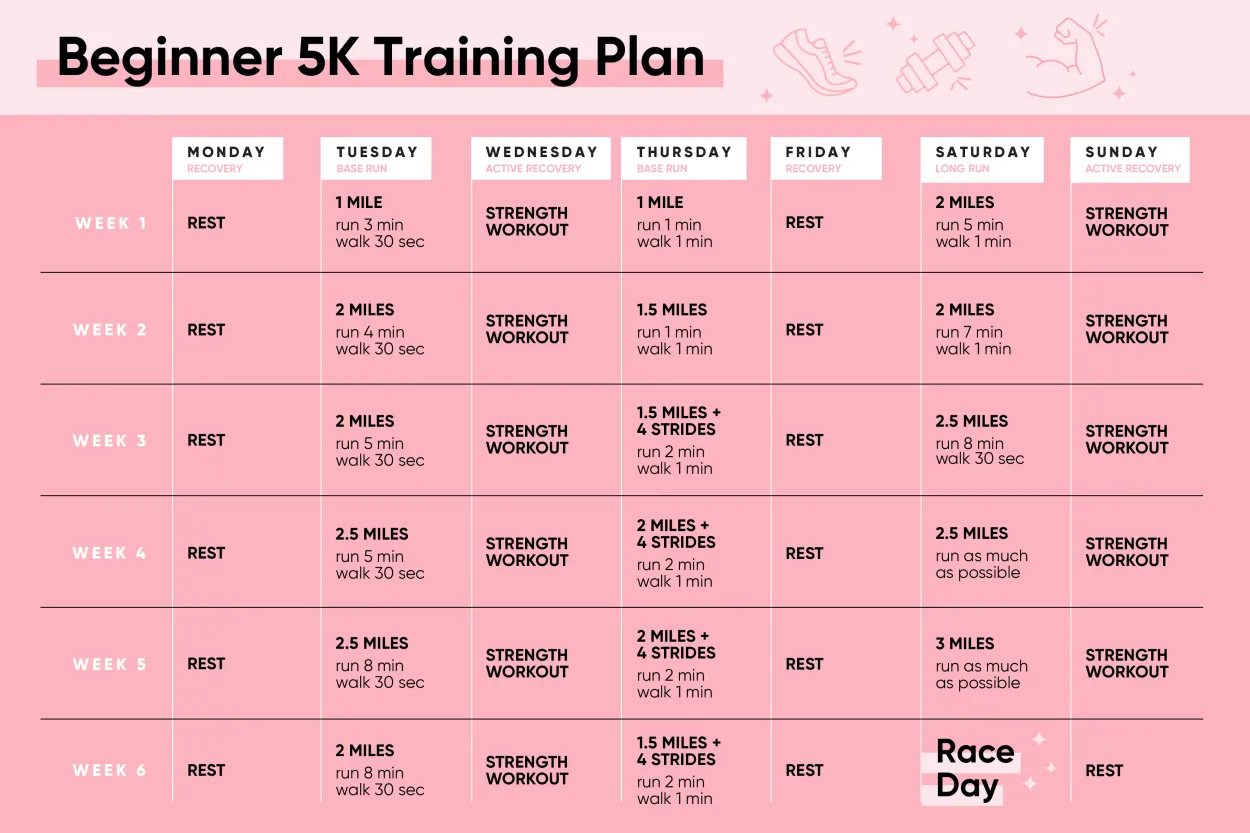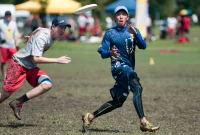Are you just starting out with sports training and looking for effective ways to reach your goals? Look no further! In this beginner’s guide, we will explore key strategies and tips to help you kick-start your journey towards becoming a successful athlete. Whether you’re into team sports or individual activities, this article will provide you with valuable insights to enhance your performance and achieve desired results.
Setting Realistic Sports Goals
Setting realistic sports goals is essential for effective sports training, especially for beginners. It provides a clear direction and allows you to track your progress. Here are some key points to consider when setting your sports goals:
-
Assess Your Abilities
Before setting any goals, you need to have a realistic understanding of your current abilities. Take into account your strengths and weaknesses, as well as any previous experience you may have in the sport. This self-assessment will help you set goals that are challenging yet attainable.
-
Set Specific and Measurable Goals
Avoid generic goals like “get better” or “improve performance.” Instead, set specific and measurable goals that allow you to track your progress. For example, aim to increase your running speed by 10% or improve your basketball shooting accuracy by 5 percentage points. Clear targets help you stay focused and motivated.
-
Break Goals into Smaller Milestones
Large, long-term goals can be overwhelming. Break them down into smaller milestones that are easier to achieve. This approach allows you to celebrate small victories along the way, keeping your motivation high.
-
Make Goals Time-Bound
Set a specific timeline for achieving your goals. This adds a sense of urgency and prevents procrastination. For example, aim to complete a 5K race within three months or master a new tennis technique within six weeks.
-
Be Realistic, Yet Challenging
While it’s important to set realistic goals, don’t shy away from challenges. Push yourself outside of your comfort zone, but ensure your goals are still within your reach. Striving for continuous improvement will help you maximize your potential.
Remember, effective sports training requires setting goals that are tailored to your abilities, specific, measurable, time-bound, and challenging. By following these guidelines, you’ll be on the right path towards achieving your athletic aspirations.
Essential Training Techniques for Beginners
When starting your sports training journey as a beginner, it’s important to focus on a few key techniques to maximize your progress and minimize the risk of injury. By incorporating these essentials into your training routine, you can lay a solid foundation for long-term success in your chosen sport.
1. Warm Up and Cool Down
Before diving into any strenuous activity, it is crucial to warm up your muscles and prepare your body for the upcoming workout. Spend a few minutes performing dynamic stretches, such as lunges or arm circles, to increase blood flow and flexibility. Similarly, after your training session, cool down with static stretches to help your body recover and prevent muscle soreness.
2. Focus on Proper Form
Mastering correct technique is essential for beginners to avoid injuries and maximize results. Take the time to learn and understand the proper form for each exercise or movement in your chosen sport. Pay attention to body alignment, posture, and execution to ensure optimal performance.
3. Start with the Basics
Building a strong foundation is key to progress in any sport. Begin with basic exercises and gradually increase the intensity as you improve. This approach allows your muscles to adapt and prevents overwhelming your body with too much stress right from the start.
4. Consistency is Key
Consistency is crucial for beginners to see progress and develop their skills. Set a realistic training schedule that you can commit to, whether it’s three times a week or every day. By staying consistent and dedicated, you will reap the benefits of regular training and improve steadily over time.
5. Listen to Your Body
While pushing your limits is important for growth, it’s equally crucial to listen to your body and avoid overtraining. Pay attention to any discomfort or pain and adjust your training accordingly. Taking rest days and incorporating active recovery sessions can help prevent injuries and keep you motivated in the long run.
6. Seek Professional Guidance
If you’re unsure about the best training techniques for your chosen sport, consider seeking guidance from a professional coach or trainer. They can provide personalized advice, create a training plan tailored to your abilities, and ensure that you progress safely and effectively.
Remember, effective sports training takes time and patience. By incorporating these essential techniques into your routine and staying dedicated, you can set yourself up for success as a beginner and enjoy the journey of improving your athletic performance.
Balancing Rest and Training
Rest is an essential component of effective sports training. While it is tempting to push yourself to the limit every day, it is important to understand the importance of rest in optimizing your performance and preventing injuries.
Rest allows your body to recover and repair itself after intense physical activity. This is when muscle growth occurs, and your energy stores are replenished. Without adequate rest, you risk overtraining, which can lead to decreased performance and increased risk of injuries.
On the other hand, rest doesn’t mean complete inactivity. Active recovery, such as light stretching or low-intensity exercises, can aid in the recovery process by improving blood flow to the muscles and reducing muscle soreness.
It is crucial to listen to your body and understand its limits. Overtraining can have detrimental effects on your overall health and well-being. Pushing through fatigue and muscle pain may seem like a sign of dedication, but it can do more harm than good in the long run.
Developing a structured training schedule that includes appropriate rest days is a key aspect of an effective sports training program. These rest days allow your body to adapt to the training load and come back stronger for your next training session.
In conclusion, achieving a balance between rest and training is paramount in maximizing your sports performance. Prioritizing rest and recovery not only helps prevent injuries but also allows your body to reach its full potential. Remember, effective training is not only about working hard but also about working smart.
Avoiding Common Training Mistakes
When it comes to effective sports training for beginners, avoiding common mistakes is essential. These mistakes can hinder progress and even lead to injuries. To ensure a successful training program, it’s important to be aware of these pitfalls and take proactive measures to avoid them.
1. Neglecting Warm-up and Cool-down
Many beginners often overlook the importance of warming up and cooling down before and after a training session. Skipping these vital steps can increase the risk of injuries and diminish overall performance. Always allocate time for dynamic warm-up exercises and static stretching after each workout.
2. Overtraining
It’s easy to get carried away when starting a new training routine, but overtraining can be counterproductive. Giving your body enough time to rest and recover is crucial for progress. Be mindful of the signs of overtraining, such as persistent fatigue, decreased performance, and increased susceptibility to injuries.
3. Poor Technique and Form
Proper technique and form are fundamental to effective sports training. Beginners should focus on learning the correct movements and form from the beginning to build a solid foundation. Consult a coach or trainer for guidance and practice under their supervision to ensure you’re executing exercises correctly.
4. Lack of Progression
To see continuous improvement, it’s important to gradually increase the intensity and difficulty of your training over time. Many beginners make the mistake of sticking to the same routine without challenging themselves, which can lead to plateaus. Strive for progressive overload by gradually increasing weights, repetitions, or intensity in a safe and controlled manner.
5. Ignoring Rest and Recovery
Rest and recovery are just as important as training itself. Without proper rest, your body may not have time to repair and rebuild, increasing the risk of overuse injuries and burnout. Incorporate rest days into your training schedule and prioritize sleep and nutrition to optimize recovery.
6. Lack of Consistency
Consistency plays a vital role in effective sports training. Skipping workouts or being inconsistent with your training schedule can impede progress and hinder results. Make a commitment to stick to your training routine, even on days when you feel less motivated.
Avoiding these common training mistakes can significantly improve your training experience as a beginner. By focusing on proper warm-up and cool-down, avoiding overtraining, maintaining good technique, progressing gradually, prioritizing rest and recovery, and staying consistent, you’ll be on your way to achieving your sports training goals.
Measuring Progress in Sports Training
In order to effectively track progress and make improvements in sports training, measuring various aspects of performance is essential. By implementing appropriate measurement techniques, athletes can better understand their strengths and weaknesses, and trainers can tailor programs to drive optimal growth and development. The following are key areas to consider when measuring progress in sports training:
1. Performance Metrics
By utilizing performance metrics, such as speed, agility, strength, endurance, or accuracy, athletes can objectively assess their current abilities and monitor improvements over time. These metrics provide tangible data that indicate progress or areas for focused attention.
2. Skill Mastery
Measuring skill mastery is crucial in sports training. This involves evaluating how well an athlete executes specific techniques or tactics required in their respective sport. By regularly assessing skill development, trainers can identify areas needing improvement and design targeted practice sessions.
3. Physical Assessments
Conducting regular physical assessments is important to evaluate an athlete’s overall physical condition, including factors like body composition, flexibility, and muscle balance. These assessments provide valuable insights into an athlete’s health and fitness, helping to prevent injuries and optimize performance.
4. Mental Preparation
Assessing mental preparation involves evaluating an athlete’s mindset, focus, and ability to handle pressure during training and competition. By monitoring psychological factors, such as confidence, motivation, and resilience, trainers can guide athletes in developing mental strategies to enhance their performance.
5. Training Logs and Journals
Encouraging athletes to maintain training logs and journals allows for self-reflection and documentation of progress. By reviewing past training sessions, athletes can analyze what worked well, what needs improvement, and make adjustments accordingly.
In conclusion, measuring progress in sports training is crucial for athletes and trainers to assess performance, identify areas for improvement, and design effective training programs. By considering performance metrics, skill mastery, physical assessments, mental preparation, and maintaining training logs, athletes can optimize their training journey and achieve their desired goals.
Conclusion
In conclusion, effective sports training for beginners requires a combination of proper planning, consistent effort, and dedication. By setting specific goals, following a structured training program, and focusing on both physical and mental development, beginners can enhance their performance and minimize the risk of injuries. Consistency, patience, and seeking guidance from professionals are key to achieving long-term success in sports training.




